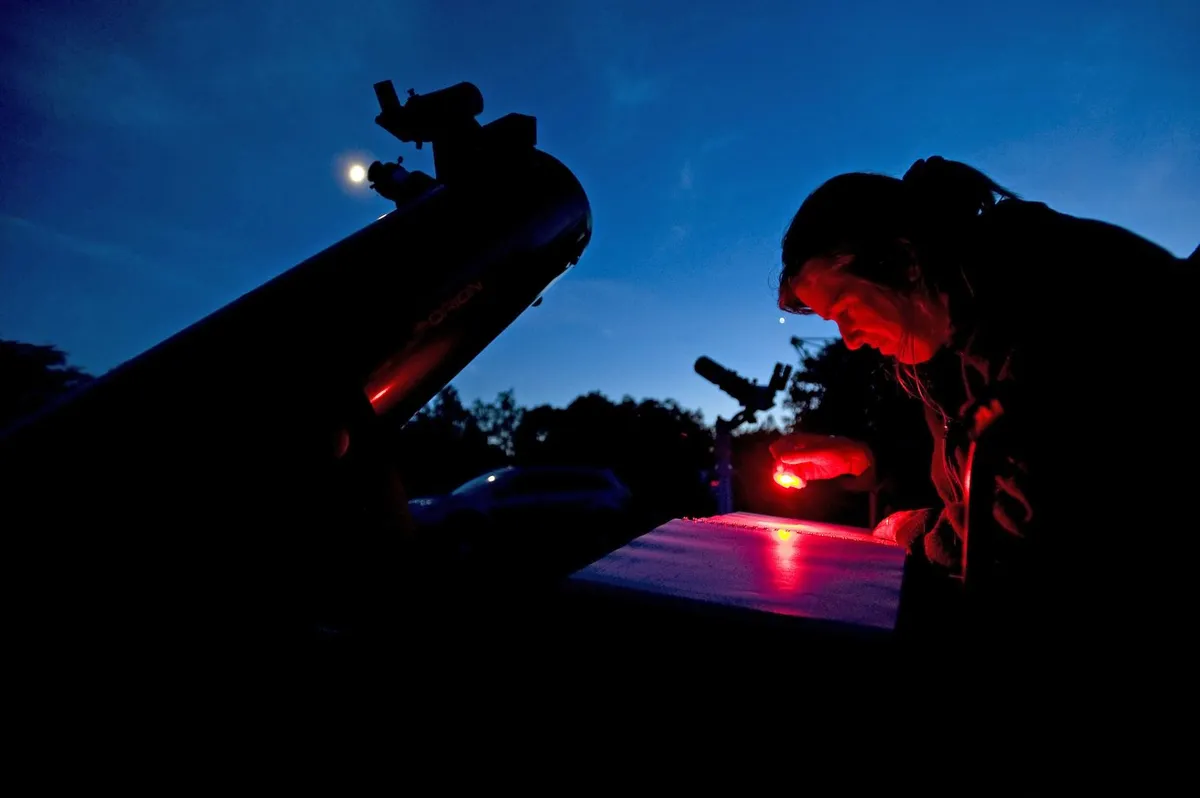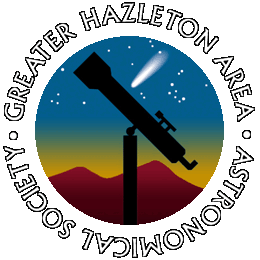Stargazing 101 – Beginner’s Guide to Observing the Night Sky
The Greater Hazleton Area Astronomical Society
Stargazing for beginners doesn’t have to be overwhelming. Whether you’re just curious about the stars or ready to dive into the cosmos with a telescope, this guide will help you get started. You don’t need expensive gear — just a clear night, some patience, and a little curiosity.
What You Need to Begin Stargazing
1. A Dark Spot
Try to find a location with minimal light pollution. Parks, nature areas, or dark sky sites (like those supported by GHAAS) are ideal.
2. A Star Map or App
Tools like Stellarium or Sky Guide can help you identify stars, planets, and constellations in real-time.
3. Your Eyes First, Then Binoculars or Telescope
Start with your naked eye to learn the layout of the night sky. A pair of binoculars is a great first upgrade before buying a telescope.

What to Look for in the Sky
The Moon – Perfect for beginners with lots of visible detail
Planets – Bright objects like Venus, Jupiter, and Saturn are easy to spot
Constellations – Learn the seasonal stars like Orion, Ursa Major, and Scorpius
Meteor Showers – Don’t miss annual showers like the Perseids or Geminids

Tips for a Better Night Sky Experience
Check the moon phase—new moons offer darker skies
Let your eyes adjust for 15–30 minutes in the dark
Use a red flashlight to preserve night vision
Dress warmly and bring a blanket or chair
Take notes or keep a sky journal

Want Hands-On Help?
Join GHAAS and attend our public telescope nights to get real experience with guided stargazing and astronomy education.
